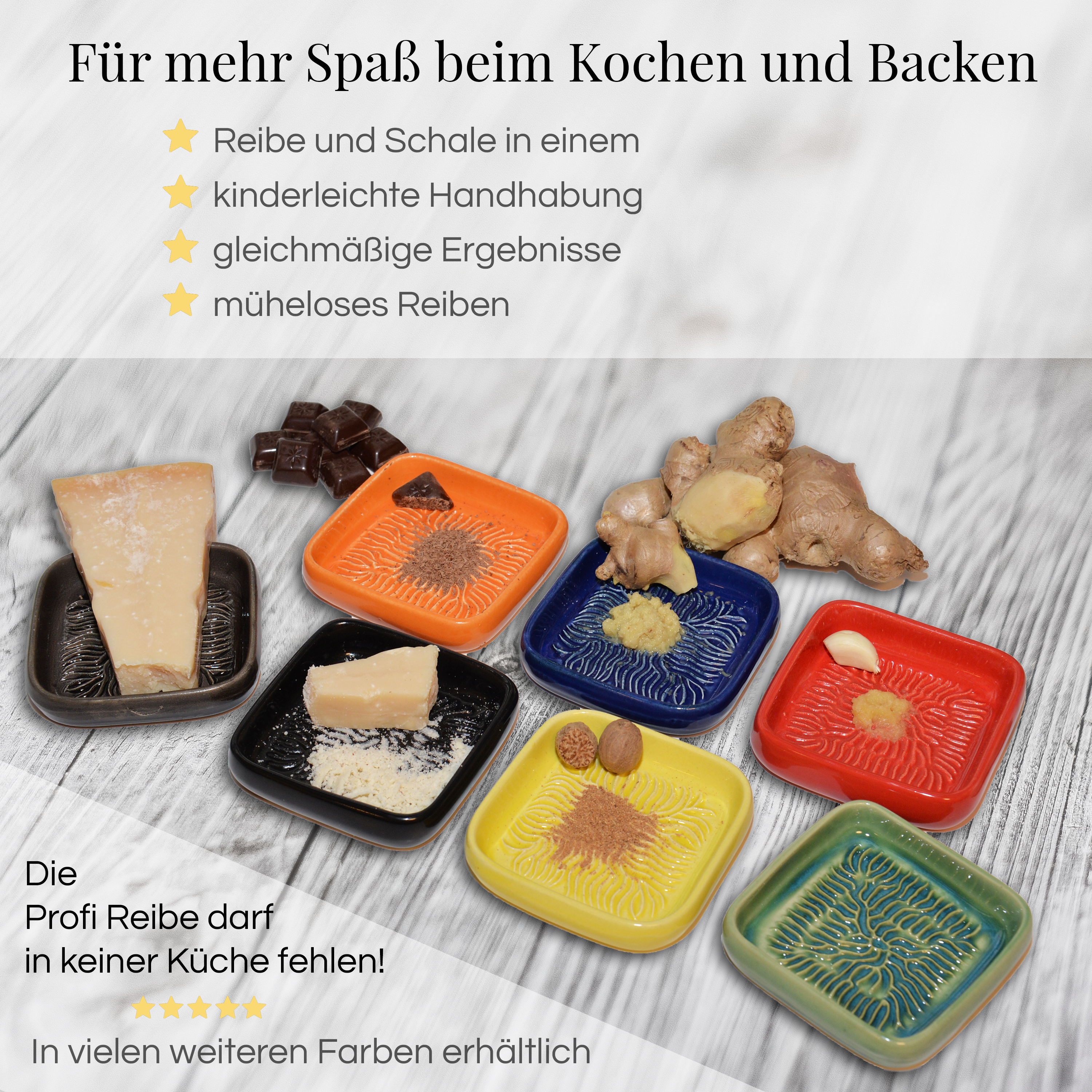The idea - because love goes through the stomach!
- Anckeramic

- Aug 26, 2022
- 2 min read
Updated: Dec 6, 2024
The origin of ceramic rubbing The history of the ceramic grater begins in Japan. As early as 1596, wasabi roots were being rubbed there with stone garters, shark skin rubbing and metal rubbing. The meshes were large and were usually used exclusively in restaurants and places where wasabi was made. A brief history of the grater Ceramico Finland started making square ceramic graters in 2009. The reason was simply the lack of good ceramic graters in Europe. The design, as it is used to this day, comes from the famous Finnish ceramic designer Merja Tammi. Our background Behind the idea of making good and aesthetic graters is Leon Ancker, who has been a passionate cook with a wide variety of cooking utensils for more than 35 years. Today the graters are made by Minna Sola, whose family has been making ceramic products and ceramic stoves since 1952. Leon's vision was to develop a high-quality product with the friction plate that would impress with its effectiveness and last a lifetime. That's why we burn the ceramic grater at 1240 ° C in the oven, at a much higher temperature than most other manufacturers use.
The special design of the grating surface enables fine and effortless grating of a variety of foods. And best of all: without wear and tear! 🤗⠀ ⠀ .⠀ .⠀
.⠀ .⠀ .⠀ .⠀ #keramikreibe #ceramico #anckeramic #handmade #madeinfinland #madeineurope #ceramicgrater #ceramicgrater #muskatreibe #ingwerreibe #gingergrater #gemüsereibe #instaceramics #contemporaryceramics #inmykitchen #graterplates #céramique #besonderegeschenke #kitchentools #kitchentool #modernceramics #handmadegift #kitchenquotes #handmadewithlove #handmadecrafts #handmadegoods #käsereibe #ceramiclove⠀
ingwer reibe, ceramico finnland, keramik reibe, muskat reibe, Ingwerreibe, Knoblauch Reibe, Parmesan Reibe, Nuss Reibe, Muskatnussreibe, Vielseitige Reibe, Schokoladen Reibe, Kinder Reibe, Zitronenschale Reibe, Gewürze Reibe, Kurkuma Reibe, Apfel Reibe, alles Reibe, beste Reibe, Spülmaschine, Finger schonende Reibe, Spass beim Kochen, Koch Treffen, KOCHRENDEZVOUS




Comments